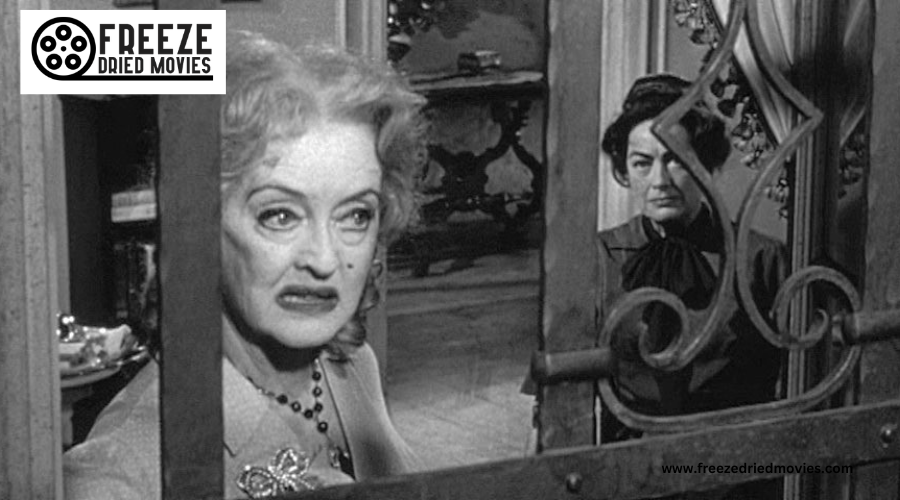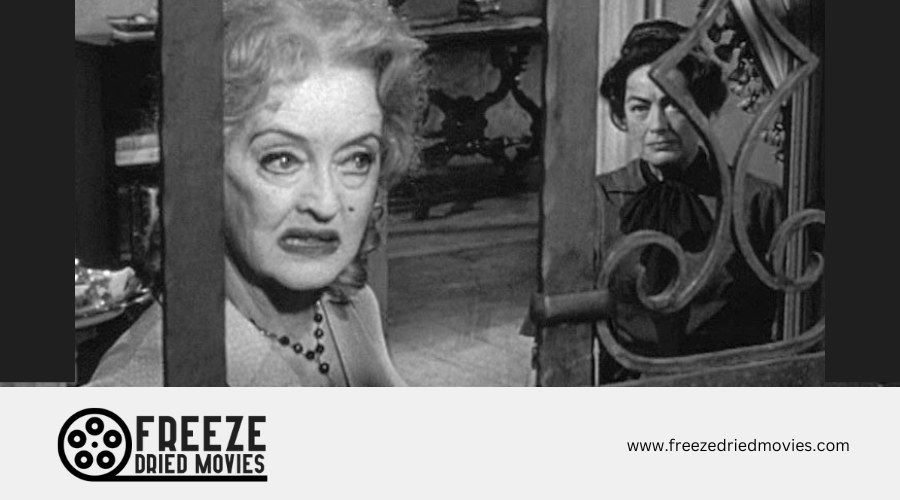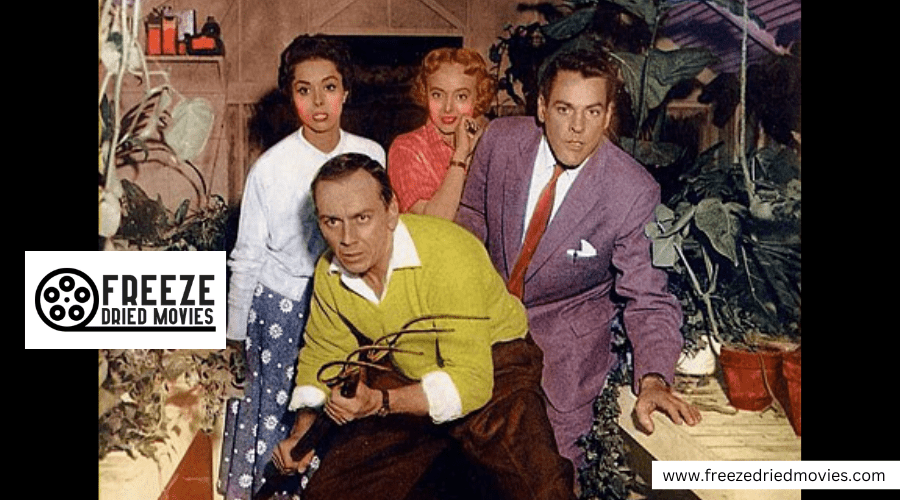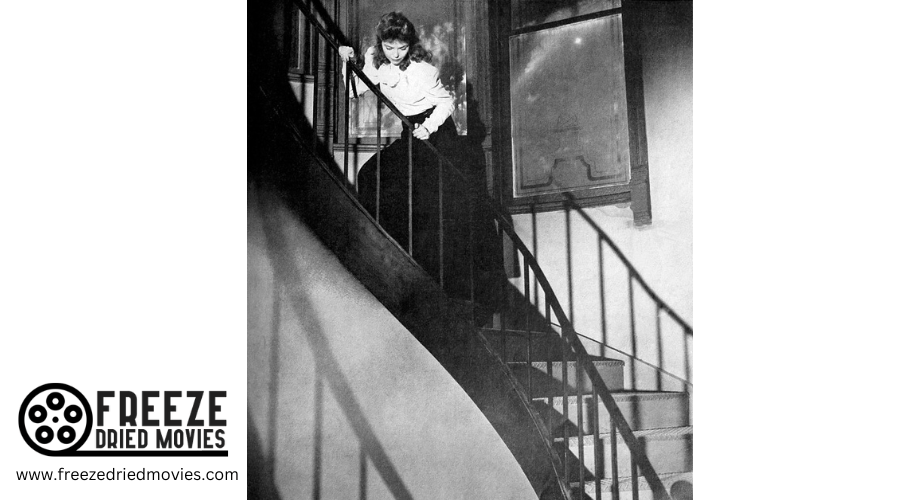The Most Influential Horror Movie Stars of All Time: A Deep Dive into Their Impact on the Genre

Horror movies have long served as a launchpad for many notable actors, offering them their first significant roles in a typically low-budget genre. This platform provides a unique opportunity for talent to explore their craft while captivating audiences with thrilling performances. From Johnny Depp's early role in "A Nightmare on Elm Street" to Jennifer Aniston in "Leprechaun," countless stars began their journeys in this spine-chilling realm. While many would eventually branch out into different genres, some became vital figures in the horror landscape, leaving lasting impressions on fans and filmmakers alike.
Since the days of silent films, horror has delved into humanity's most profound fears, creating an engaging atmosphere that draws viewers in. The settings, whether a dark castle or a seemingly ordinary motel, enhance the storytelling experience. Skilled actors elevate these narratives, making audiences live through their portrayals and guiding the genre into new territories. In celebrating these contributions, a look back reveals the 15 most influential horror movie stars of all time.
Jamie Lee Curtis
Jamie Lee Curtis is often recognized as a quintessential scream queen, thanks to her memorable role as Laurie Strode in the "Halloween" series. She has starred in several horror films, such as Prom Night, Terror Train, The Fog, and Roadgames. Each performance showcases her ability to balance terror with deep emotional depth, making her characters relatable and compelling.
Curtis has significantly shaped the archetype of the 'final girl' in horror, influencing many characters that followed. For example, the essence of Laurie Strode can be felt in characters like Alice in Friday the 13th and Erin in You're Next. This lasting impact is partly due to the multifaceted nature of her character, which has evolved over time. In discussing Halloween Kills, Curtis noted that Laurie, like her antagonist Michael Myers, has transcended the confines of the narrative, adding complexity to her character.
Beyond her impressive filmography, Curtis's contributions extend outside the horror genre. She is a powerful advocate for women's rights and the LGBTQ+ community, using her platform to influence positive change. Her enduring presence is a testament to her importance in cinema, making her a crucial figure in the evolution of horror film history.
Bela Lugosi
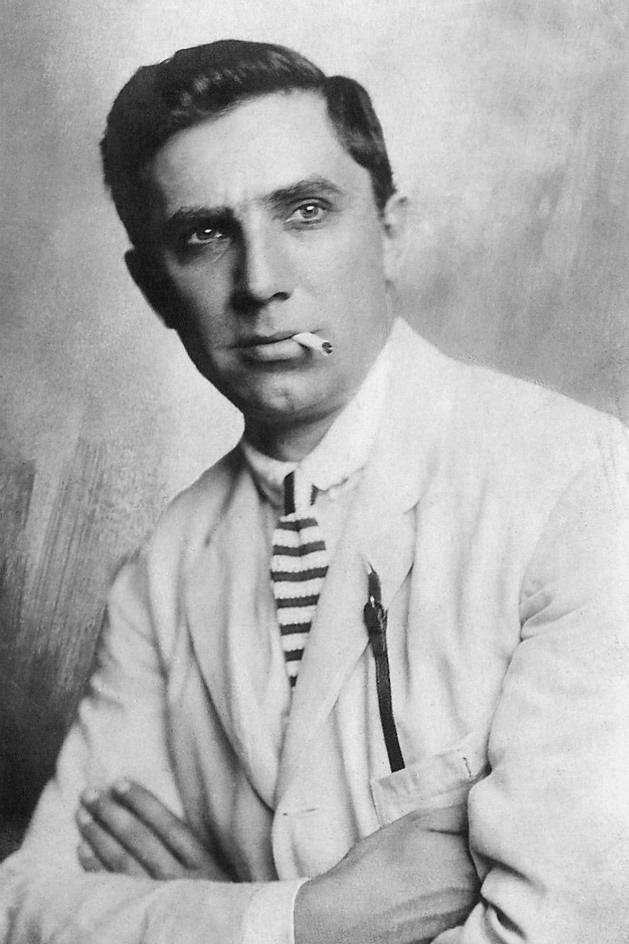
Bela Lugosi became a defining figure in horror by portraying Dracula. His journey began with a Broadway adaptation of Bram Stoker's classic novel in 1927. Later, he starred in Universal's 1931 film directed by Tod Browning, which was groundbreaking as the first sound version of the story. This film not only became a hit but also established Universal as a key player in the horror genre, paving the way for films like Frankenstein, The Invisible Man, and The Wolf Man.
Lugosi's performance was both charismatic and eerie, engaging audiences and drawing them into the dark world of the Count. Unlike many films of its time, Dracula pushed creative boundaries, influencing the portrayal of supernatural characters in cinema. Lugosi’s version served as a foundation for later interpretations, including Christopher Lee's iconic performances in Hammer’s Dracula series.
Despite this success, Lugosi faced challenges after his notable role, often becoming typecast as villains or mad scientists. Films such as White Zombie, The Black Cat, and Son of Frankenstein showcased his talent, but none left a mark as strong as his Dracula. His legacy remains, with his image of the Count still prevalent in pop culture and even featured in comics. Few actors have shaped the horror landscape as profoundly as Bela Lugosi.
Brad Dourif
Brad Dourif is a prominent figure in the horror film industry, best known for his iconic role as the voice of Chucky in the "Child's Play" franchise. This series includes seven movies and a television show, showcasing a unique blend of humor and horror. The character of Chucky, a possessed doll, has become a staple in pop culture, often referenced in music and media for over three decades.
Dourif's daughter, Fiona, highlighted Chucky's remarkable presence, noting his frequent mentions in contemporary songs. She described the character as a cultural touchstone, linking him to the enduring image of the clever coyote in American culture. This criticism further emphasizes Chucky's significant impact.
Beyond his work in horror, Dourif has demonstrated his versatility as an actor. He earned critical acclaim for his role in the 1975 film "One Flew Over the Cuckoo's Nest," which earned him a Golden Globe and an Oscar nomination. Nevertheless, his connection to the horror genre remains strong. His filmography features notable titles such as "Body Parts," "Trauma," and "The Exorcist III." Furthermore, he appeared in Rob Zombie's remakes of "Halloween," adding to his reputation in this field.
Brad Dourif has shaped the killer doll archetype, solidifying his status as an unrivaled figure in horror. His performances have left an indelible mark on the genre, creating a legacy that continues to resonate with fans and filmmakers alike.
Tony Todd
Tony Todd is best known for his chilling portrayal of Candyman, the sinister figure from Chicago's Cabrini Green housing project. His performance has become one of the most iconic in horror history, placing his character alongside legendary slasher figures like Jason Voorhees, Freddy Krueger, and Michael Myers.
Todd's career spans several notable roles, including his part in the 1990 remake of "Night of the Living Dead" and various sequels in the "Final Destination" series. His characters often explore both heroic and villainous roles, showcasing his range and dedication to his craft.
His influence extends beyond the screen, contributing to conversations about Black representation in horror. Documentaries and discussions highlight the importance of visibility, and Todd's commitment to complex portrayals sets a standard in the industry. This dedication has inspired a new generation of filmmakers, shaping the future of horror with modern voices like Jordan Peele and Nia DaCosta.
Anthony Perkins
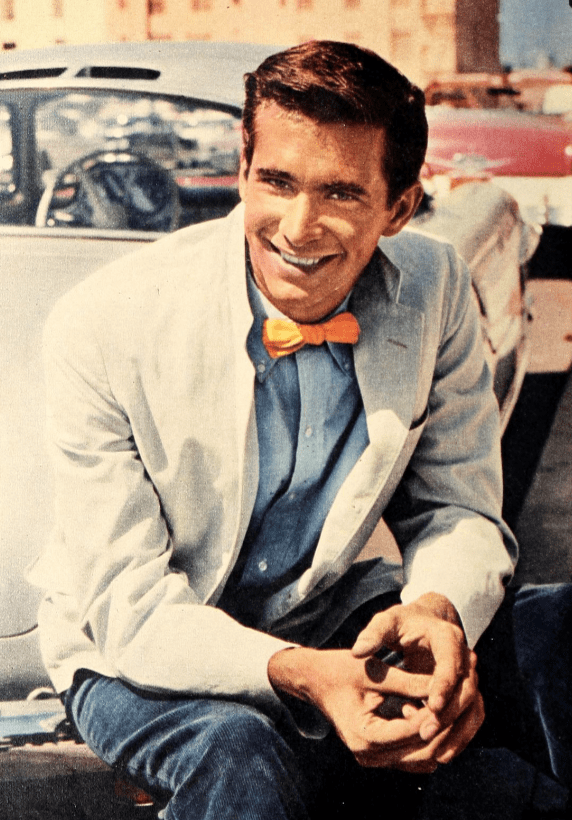
Anthony Perkins is best remembered for his iconic portrayal of Norman Bates in Alfred Hitchcock's "Psycho." This role, along with its sequels including the 1990 film "Psycho IV: The Beginning," marked a significant moment in film history. His performance brought a magnetic and chilling presence that resonates with audiences to this day. This role also interacted with the conversation around LGBTQ+ representation in Hollywood.
Before embracing the character of Bates, Perkins was often cast as a charming romantic lead. Notable films such as "Fear Strikes Out" and "Tall Story" showcased his talent in different genres. However, after gaining fame as Bates, he faced typecasting, leading to a break from American cinema for eight years. He made a successful return in 1968 with "Pretty Poison," followed by roles in "Catch-22," "Murder on the Orient Express," and "Mahogany."
Perkins's unique ability to blend masculinity with vulnerability redefined traditional notions of gender in film. He demonstrated that queer identities could unfold powerfully and authentically, expanding the representation of complex characters in cinema. His legacy continues to influence actors and filmmakers today.
Robert Englund
Robert Englund is recognized for his significant contributions to the horror genre, particularly as the unforgettable Freddy Krueger, which he first portrayed in A Nightmare on Elm Street (1984). Before embracing this role, Englund was predominantly known for his performances in science fiction productions, such as Galaxy of Terror and the V miniseries.
When he took on the role of Krueger, he crafted a character that became one of the most well-known villains in horror cinema. Freddy is distinguished by his wicked sense of humor, sinister laugh, and his iconic weapon—razor-sharp gloves used to hunt his teenage victims. Unlike the silent killers of other slasher films, Freddy’s personality brought a fresh and more complex dimension to horror films.
Englund’s portrayal was pivotal in launching a series of sequels that included Wes Craven’s New Nightmare (1994) and Freddy vs. Jason (2003). He not only shaped the character but also helped redefine the slasher film format. Beyond the Nightmare series, Englund appeared in various other horror films, including Urban Legend, Hatchet, and Behind the Mask: The Rise of Leslie Vernon.
In recent years, he briefly revisited the role of Freddy in a 2018 episode of The Goldbergs. While he initially expressed doubt about ever donning the makeup again, he later hinted that a comeback might still be possible, assuring that his impact on the horror genre remains firmly established.
Vincent Price

Vincent Price stands as a towering figure in the realm of horror cinema. Before solidifying his place in horror history, he had already showcased his versatility in films like The Song of Bernadette, Laura, and Leave Her to Heaven. His breakthrough in the genre came with his role in Universal's The Invisible Man Returns, but it was his chilling portrayal of Professor Henry Jarrod in 1953’s House of Wax that truly marked his arrival. Critically acclaimed, The New York Times described his performance as "monstrous," highlighting his ability to captivate and terrify audiences.
As a horror icon, Price featured in numerous classic films, including:
- House on Haunted Hill
- The Abominable Dr. Phibes
- The Pit and the Pendulum
- House of Usher
- The Masque of the Red Death
No matter the character, Price possessed an innate charisma that resonated with viewers. His daughter, Victoria Price, noted his legacy in a touching way, stating that he approached life with "great joy" and a "generosity of spirit." His playful and engaging nature left a lasting impact, making him a beloved figure in film history.
Boris Karloff

Boris Karloff played a crucial role in the legacy of Universal Monsters, especially with his iconic portrayal of Frankenstein's monster. He starred in key films such as Frankenstein, Bride of Frankenstein, and Son of Frankenstein, which solidified his status as a horror legend. His distinctive performances extended beyond these roles, featuring in notable films like The Old Dark House, The Mummy, The Body Snatcher, Arsenic & Old Lace, and The Black Cat.
In a notable departure from horror, Karloff impressed audiences in 1966 by voicing the Grinch in Dr. Seuss' beloved tale How the Grinch Stole Christmas!, earning a Grammy for his work two years later.
The documentary Boris Karloff: The Man Behind The Monster highlights his significant impact on the horror genre. Many modern horror villains, including characters like Michael Myers and Jason Voorhees, draw inspiration from Karloff's performance style, particularly his measured movements and expressive presence.
He is remembered as a master character actor who transcended the typical roles, becoming a cinematic star appreciated by many.
Kane Hodder
Kane Hodder is widely recognized for his role as Jason Voorhees, the iconic slasher from the "Friday the 13th" series. He played this character in four significant films: Friday the 13th Part VII: The New Blood, Friday the 13th Part VIII: Jason Takes Manhattan, Jason Goes to Hell: The Final Friday, and Jason X.
His portrayal of Jason is often regarded as the best due to his unique ability to convey emotion despite the character not speaking. Hodder's physicality transformed Jason's character from a simple monster into a complex figure, adding depth to the role.
In addition to his work as Jason, Hodder has an extensive background in stunts and has appeared in various notable films such as Leatherface: The Texas Chainsaw Massacre III, Wishmaster, and The Devil's Rejects. He has also made significant contributions to the Hatchet franchise. Hodder's professionalism and his skillful performances make him a respected figure in the horror genre.
Lin Shaye
Lin Shaye has become a well-known figure in the horror genre over the years. Her journey began with a role in the film "Alone in the Dark" in 1982. Since then, she has starred in many notable films including "A Nightmare on Elm Street," "Critters," "Dead End," "2001 Maniacs," "Tales of Halloween," and the popular "Insidious" series.
Her ability to create memorable characters has solidified her status as a beloved performer among fans. Even in brief appearances, Shaye's performances leave a lasting impact. Her versatility is evident, whether she plays a ghost hunter, drives the plot’s deeper themes, or delivers chilling screams typical of horror cinema.
Many refer to Lin Shaye as the Godmother of Horror, highlighting her significant contributions to the genre. Her talent and dedication have made her a standout actress in a wide array of projects, earning her a loyal and growing fan base.
Peter Cushing

Peter Cushing enjoyed a remarkable career that lasted over sixty years, transcending typical genre constraints. He is best known for his significant contributions to horror films during the 1950s to the 1970s, especially through Hammer Productions. His iconic roles included:
- Victor Frankenstein in Frankenstein (1957)
- Van Helsing in Horror of Dracula and The Brides of Dracula
- Sherlock Holmes in The Hound of the Baskervilles
- John Banning in The Mummy
- Dr. John Rollason in The Abominable Snowman
Cushing's talents spanned beyond horror. He portrayed Dr. Who in the 1965 film Dr. Who and the Daleks and its sequel Dalek's – Invasion Earth 2150 A.D. He also made a lasting impression as Grand Moff Tarkin in the original Star Wars episode. His work didn't stop at film; he was involved in stage productions and narrated audiobooks.
Critics praised Cushing's versatility as an actor. His ability to evoke deep emotions made his performances compelling. One reviewer noted his portrayal in The Curse of Frankenstein, highlighting how adeptly he captured the character's ambition and moral complexity. Peter Cushing remains a cherished figure in the realm of horror cinema.
Lon Chaney

Lon Chaney earned the title "The Man of a Thousand Faces" thanks to his remarkable ability to transform his appearance and convey deep emotions, especially in silent films. His skill in creating compelling characters was enhanced by his mastery of makeup techniques. He gained fame for his powerful performances, particularly as Quasimodo in the 1923 film "The Hunchback of Notre Dame" and as the Phantom in the 1925 adaptation of "The Phantom of the Opera."
Chaney also took on several other notable roles that showcased his versatility, including:
- The Hypnotist in London After Midnight
- Fagin in Oliver Twist
- Tito in Laugh, Clown, Laugh
- Blind Pew in Treasure Island
His life and contributions to film were later dramatized in the 1957 biopic Man of a Thousand Faces, which starred James Cagney. Nearly a century after his passing, Chaney's innovative approach to performance and makeup continues to inspire the horror genre and film industry as a whole.
Christopher Lee
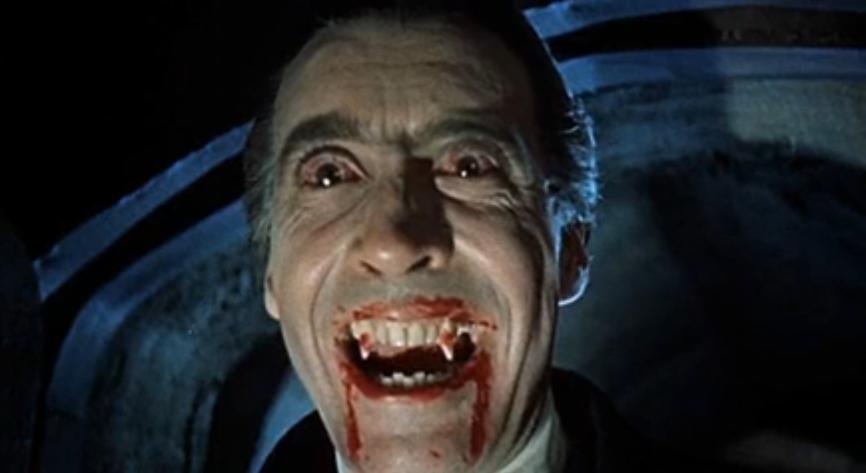
Christopher Lee is a notable name in the history of horror cinema, especially recognized for his legendary role as Dracula. He depicted the iconic character in nine films, starting with Horror of Dracula in 1958, alongside Peter Cushing. His portrayal redefined Dracula for a new era, infusing the character with a sense of romance and depth that set him apart from earlier interpretations by actors like Bela Lugosi.
In addition to his work as Dracula, Lee starred in several influential films including The Curse of Frankenstein, The Hound of the Baskervilles, The Wicker Man, and Return from Witch Mountain. His career continued to flourish over the decades, leading to significant roles in popular franchises such as Star Wars and The Lord of the Rings.
Lee's remarkable range and powerful performances not only left a lasting impact on horror movies but also established him as a versatile actor capable of tackling diverse roles, thereby transforming the landscape of the genre.
Barbara Crampton
Barbara Crampton has left a significant mark on the horror genre since the 1980s. Known for her roles in iconic films like "Re-Animator," "From Beyond," and "Chopping Mall," she has built a reputation with her work in low-budget terrors that defined the era. Before transitioning to horror, Crampton appeared in notable daytime soap operas such as "Days of Our Lives" and "The Young and the Restless."
Her filmography includes several cult classics like "Puppet Master" and "Castle Freak." After a period away from the spotlight, Crampton made a triumphant return in 2011 with "You're Next," which sparked a revitalization of her career. In the years that followed, she featured in films like "We Are Still Here," "Tales of Halloween," and "Jakob's Wife."
Crampton challenges the norms often set for women in the film industry. Instead of conforming to traditional roles, she continuously seeks out opportunities that allow her to define her career on her own terms.
Adrienne Barbeau
Adrienne Barbeau gained fame in the 1970s, initially becoming known for her role on the popular TV show Maude, alongside Bea Arthur. She also originated the character Rizzo in the musical Grease. In the early 1980s, Barbeau shifted her focus to horror films, partnering with director John Carpenter in The Fog (1980) and Escape from New York (1981). She made a standout appearance in Creepshow (1982), a collaboration between George A. Romero and Stephen King.
Throughout the 1990s, Barbeau provided the voice for Cat Woman in Batman: The Animated Series, showcasing her versatility. Her television career continued to flourish into the 2000s and 2010s, featuring roles in series such as Gotham Girls, Carnivàle, and General Hospital. She made special guest appearances on the recent Creepshow series from Shudder, as well as in American Horror Stories and Cowboy Bebop.
Although her filmography may not be as extensive as some peers, Barbeau's impact on horror is significant. Like Sigourney Weaver and Jamie Lee Curtis, she helped redefine how women are portrayed in genre films, embodying strength and resilience.

